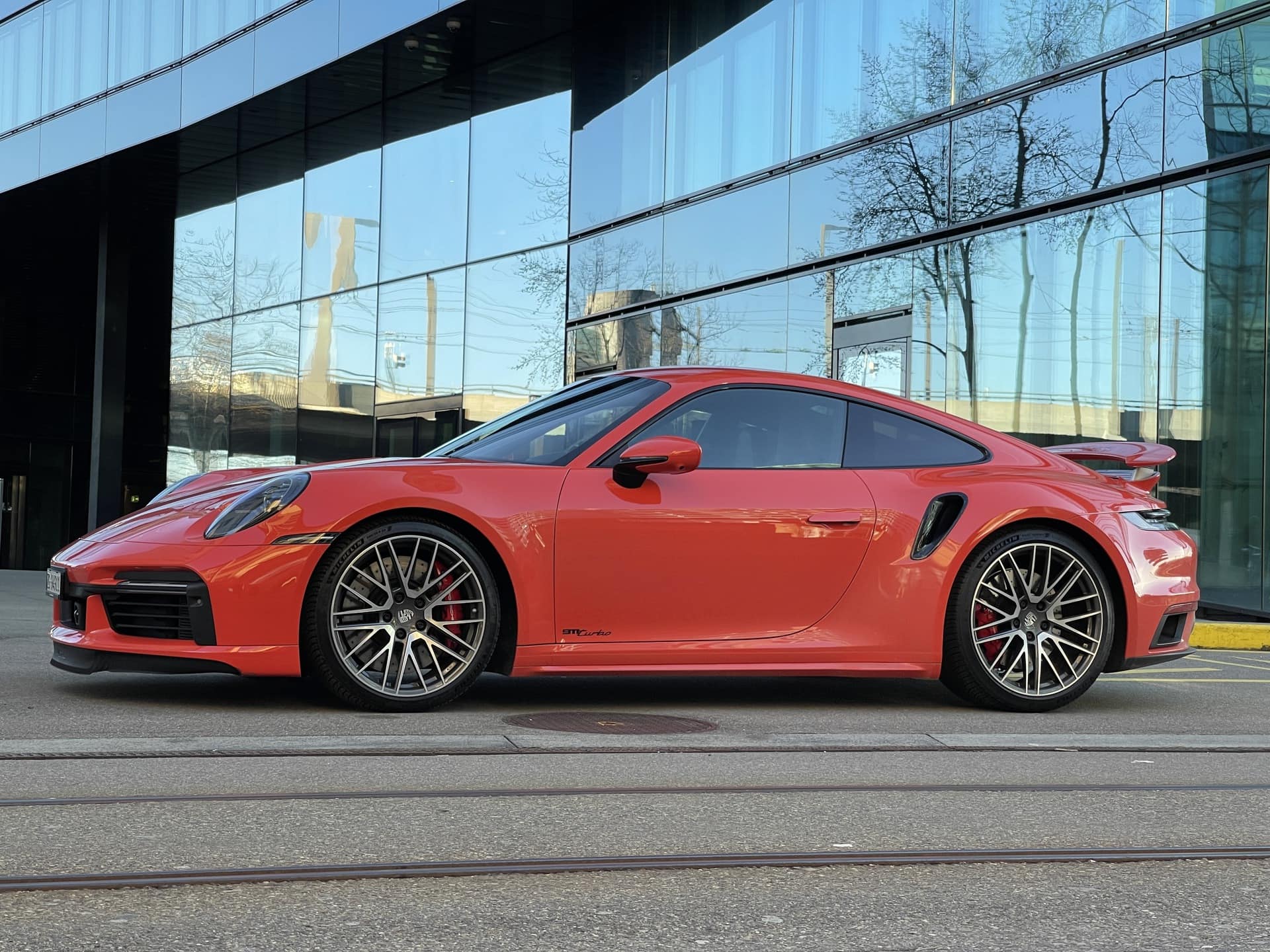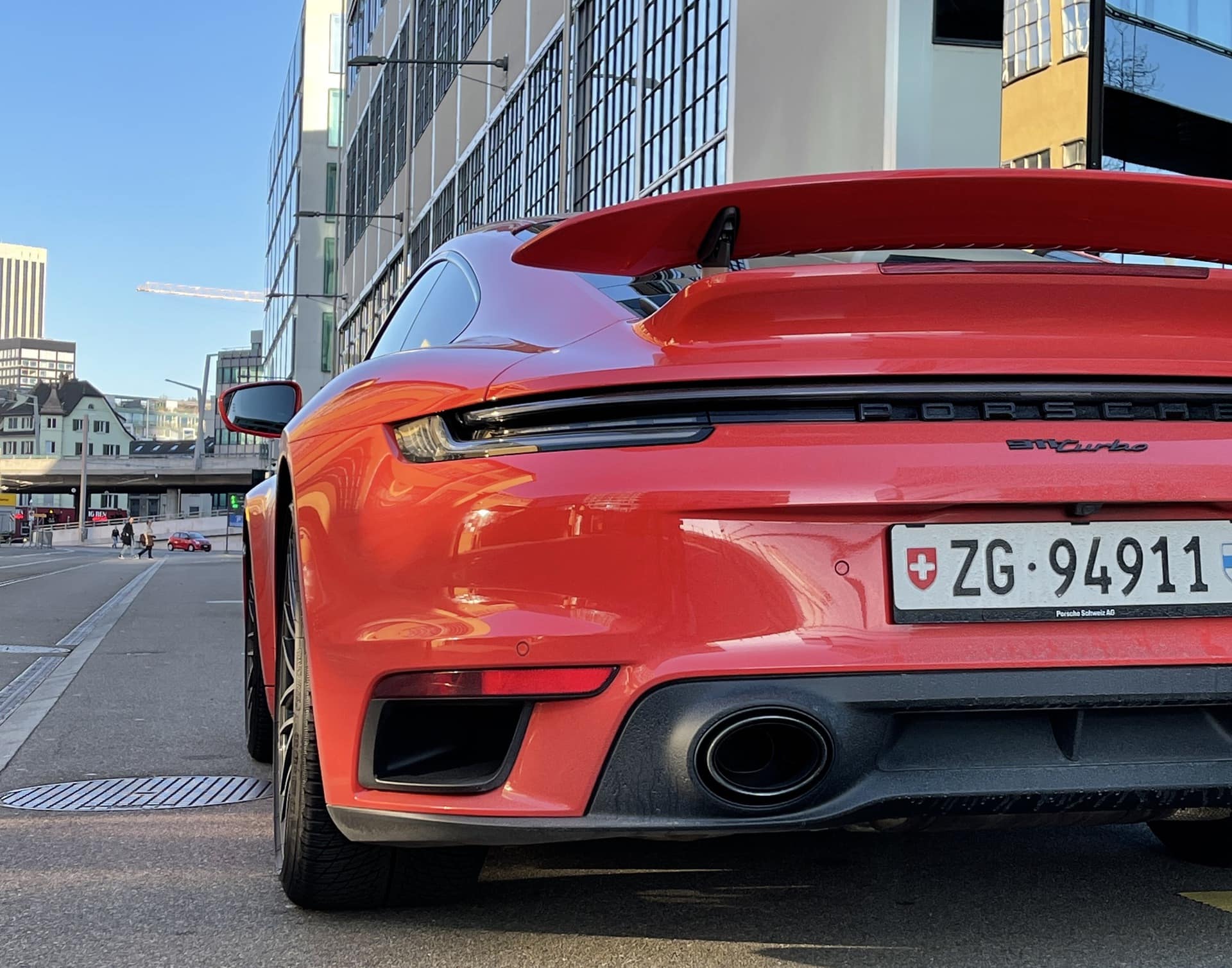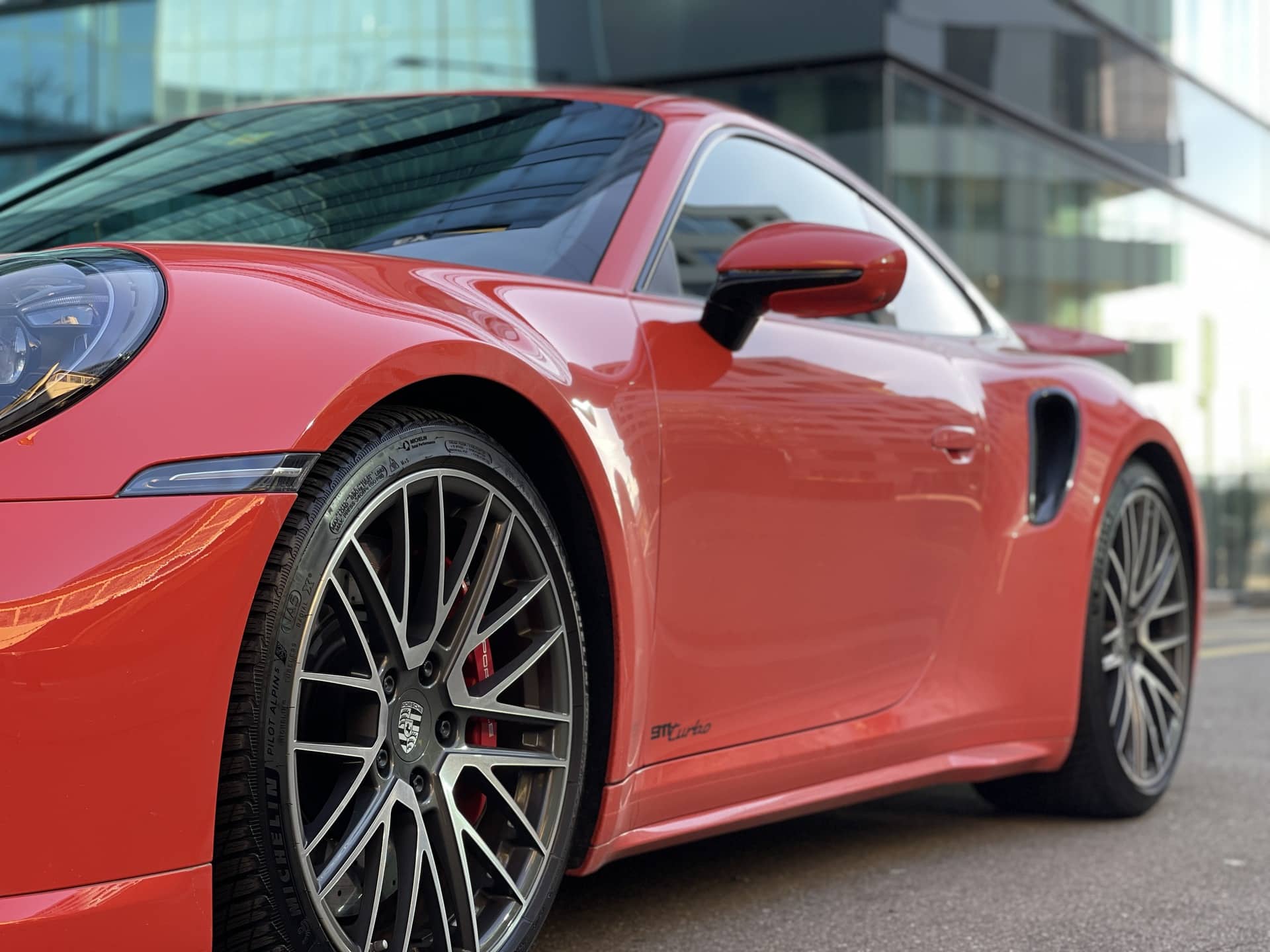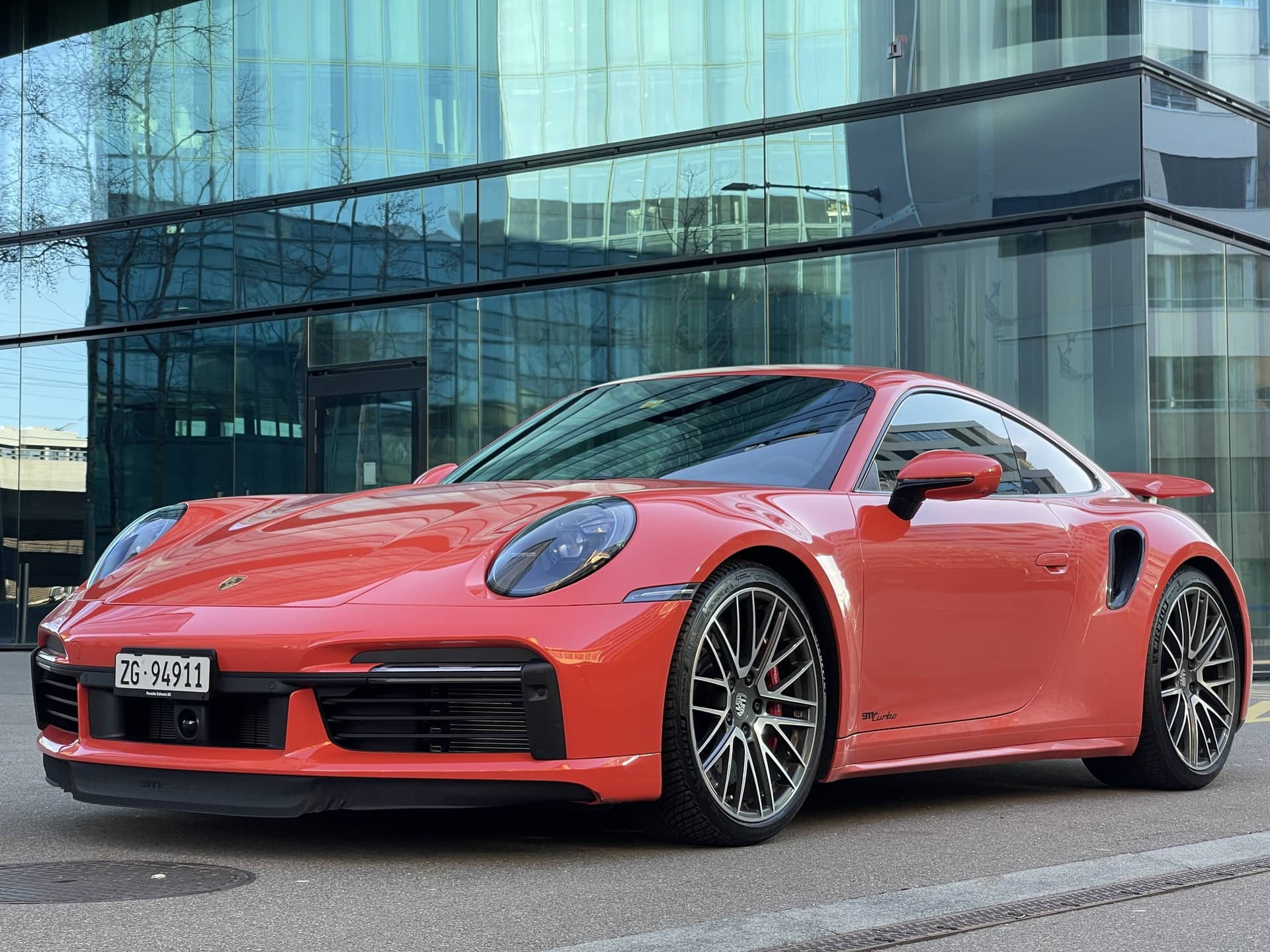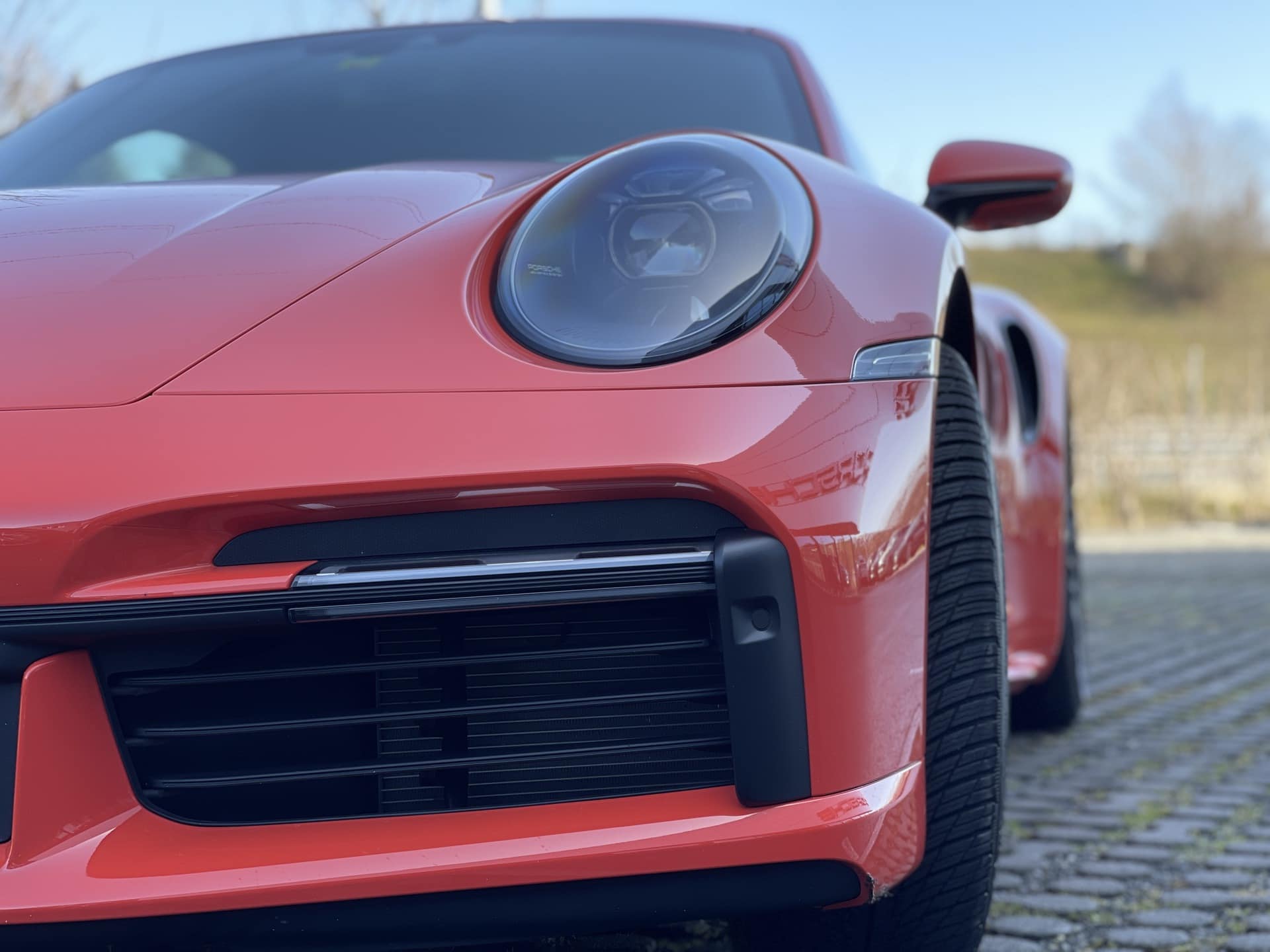Porsche: A 911 always remains a 911
COMPARISON In 2012, the time had come to fulfill a childhood dream by buying a Porsche 911. The model, a 911 (997/2) 4S Cabriolet with 385 hp and 420 Nm, sprints from 0 to 100 in 4.5 seconds. The driving characteristics of the model, which have been positively highlighted in numerous tests, can be seen after several tens of thousands of kilometers [...]
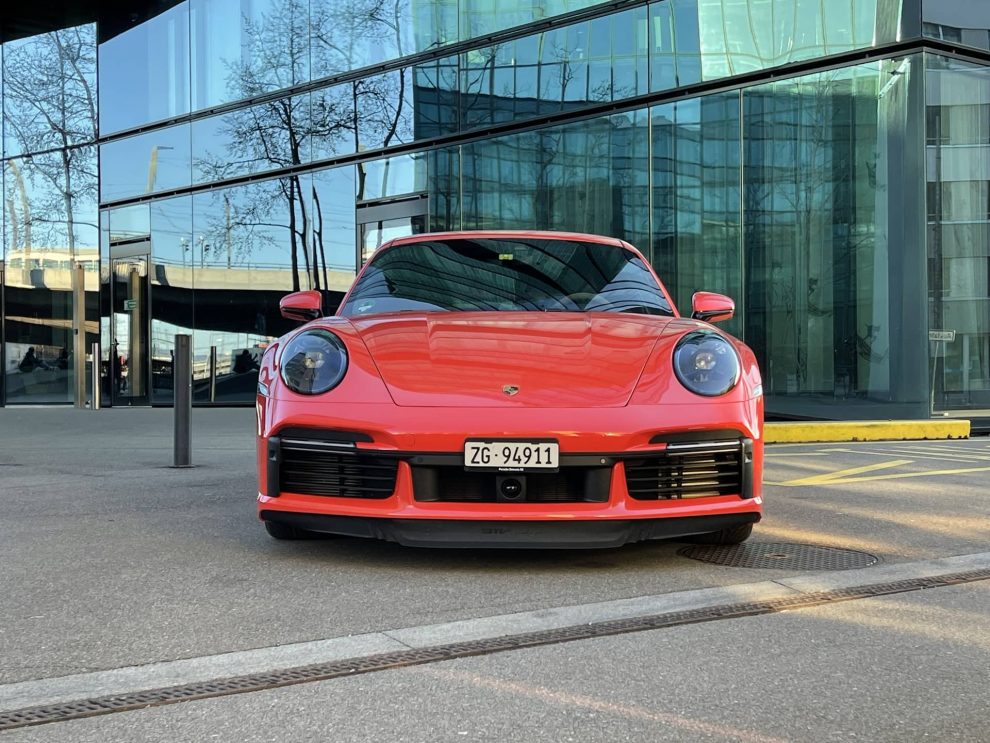
The driving characteristics of the model, which have been positively highlighted in numerous tests, can only be confirmed after several tens of thousands of kilometers driven. Even though the vehicle is now getting on in years, the 911 has lost none of its charm.
On the contrary. With the engine development of recent years, the naturally aspirated 3800 cc engine has a very special character. Contrary to initial fears, the 911 is reasonably moderate in maintenance and has an above-average resale value.
2.8 seconds from 0 to 100
Recently, I had the opportunity to drive the eighth generation of the 911 with an 8-speed dual-clutch transmission with 580 hp and 750 Nm. According to the manufacturer, the 911 Turbo needs just 2.8 seconds to sprint from 0 to 100 and 9.7 seconds to 200. The top speed is 320 km/h. The available test days went by just as quickly as the 911 sprints to 100 km/h.
Clearly, due to the traffic regulations in force in Switzerland, the measured values stated by the manufacturer could not be experienced in daily commuting traffic. Unfortunately.
There is hardly any sign of the turbo lag anymore
A comparison of the two models on the basis of the performance figures is not appropriate due to the different engines. In summary, it can be said that the 997/2 4S with its naturally aspirated engine slowly cranks up from the lower revs before the 911 then has a really rich grip on the throttle from 5000 rpm.
In the 992 Turbo Coupé, the turbo hole familiar from earlier years is barely noticeable, and when you step on the gas pedal hard, you immediately feel the propulsion on the back of your neck. A deep breath is then called for. The difference to my 997/2 is enormous. You quickly feel like driving more. But just: see above.
Hardly any changes to the design over the years
The body of the two models has changed slightly in the course of the past few years without significantly adapting the basic shape. A good decision on the part of the Stuttgart company. Today's design looks more aerodynamic and is in keeping with the times.
Fortunately, a renewed attempt to change the front end with a different headlight shape - as on the 911/996 model - was dispensed with. The interior, especially the navigation system, has also been adapted to today's demands in the new model. This means that every display or information can be checked by the driver with a glance of the eyes.
In a short time in high speed ranges
The somewhat older 911 (997/2) and the new 911 Turbo model (992) are two superb vehicles. Once you've driven it, you don't want to give it back.
Nevertheless, I personally prefer the 997/2, not because of the driving values or nostalgic emotions. Rather because of its own safety. If the right foot overrides the brain functions, you're in a dangerous speed range in the 911 Turbo within a very short time.
In the 997 Sucker, the mind still has a few tenths of a second to kick in and alert the driver to the impending situation. Without a doubt, the 911 is and remains a convincing example of German engineering.









